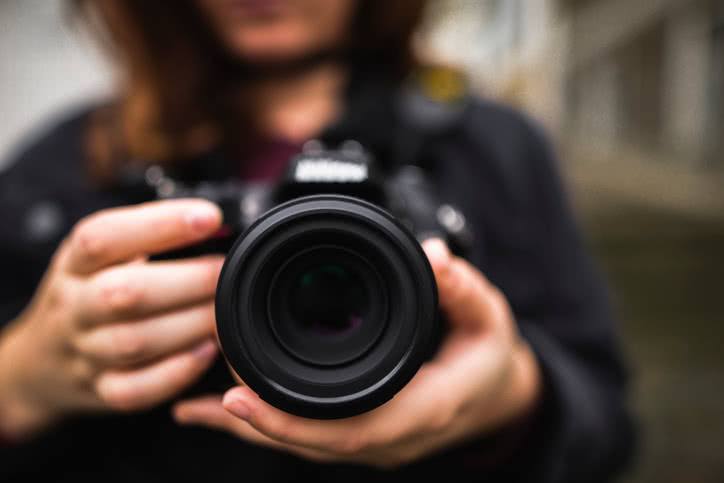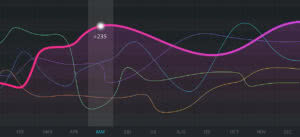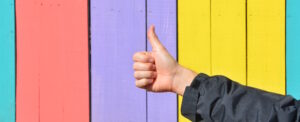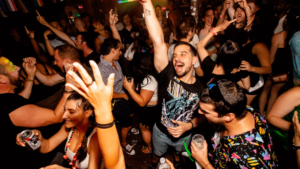If you’ve ever found yourself having to promote an event using poor event photography, you’ll totally understand the importance of investing time and effort to ensure quality images every time. Whilst camera phones have made everyone a photographer, for most events it remains essential to hire an experienced professional if you want clear, compelling images that effectively capture your event.
Here are some tips for obtaining the best set of images from your event:
Securing a photographer
It’s really important to hire an experienced event photographer. A quick Google search will pull up hundreds of event photographers so it’s often quicker, easier and more productive to ask colleagues and contacts for recommendations. Your venue team may also have several suppliers they recommend. Give yourself time and book someone well ahead of the event whenever possible to allow for proper preparation.
Investigate photographers’ work by checking out their websites for galleries, testimonials, experience, location, pricing and any specialisms. Someone who has frequently worked on your type of event and/or at your venue could be well placed to assist.
Look for a photographer whose style suits your event’s promotional needs and budget. Agree on a fee upfront and what that will cover in terms of time, scope, editing and supply of the images.
Once you’ve hired a photographer, ensure you fully brief them and look after them at the event. Provide them with somewhere to leave their stuff such as in an organiser’s office or lockable cupboard and ensure they have appropriate passes to gain the right level of access to your event.
They should also be badged as the official event photographer(s), so they are easily identifiable but ensure they know what you’re paying for, so they don’t get hijacked by exhibitors or guests wanting new headshots along the way!
The Brief
Always invest appropriate time and effort in putting together a written brief for your photographer to prepare them to do the best job they can for you. Take time to discuss this with them and meet them on site on arrival at the event so you can deal with any last minute opportunities or concerns.
Your event images should tell the story of your event. Include pre-event shots showing the event set up ready as well as those bursting with visitors and people interacting. You might want to include images of people watching a product demonstration or presentation, sampling something, in conversation with exhibitors, enjoying hospitality, celebrating, learning, entering a competition or testing something out.
A mixture of close-ups and broader shots, candid and posed, also known as ‘grip and grin’ shots is usually desirable so you have a variety to work with. Images showing reaction can be more powerful than action shots in conveying the emotion and sizzle of an event. More abstract images can also be useful for marketing purposes and whilst you may issue a list of essential shots it’s worth giving your photographer freedom to be creative on the day too.
Your photography brief should include:
Audience & purpose
As well as photographing your target audience interacting with the event, it’s a good idea to give thought to who you’ll be putting these images in front of, when and for what purpose. Are you posting it to Instagram for sharing and encouraging others to attend? Will this go out to the media with your show opening/round-up press release? Are you contracted to supply a selection of images to a sponsor, exhibitor or other stakeholders? Do you need images for daily/post event emails to pre-registered attendees/visitors/exhibitors? Or for your next brochure?
Often there will be several audiences, timings and purposes to be catered for and these may require different versions of the same shot or the need to prioritise. It may be that the breadth of your event and/your photography requirements mean you require more than one photographer. Several briefs may be required, or the photographers may divide the job between themselves to ensure the job is covered.
Brand & messaging
If you have brand guidelines it’s worth supplying your photographer with a copy in advance to give them a good feel for your brand, your creative direction and what kind of images best reflect your brand.
Know the show
The more information you can give your photographers about your event to help familiarise the event the better. As well as sending them a brief, brand guidelines and a shot list, it can be really helpful to send a copy of the show guide or event programme in advance. Once at the event, it’s worth investing time to show your photographer around the event too; highlighting the locations of any key moments along the way.
If it is important to capture celebrities, VIPs, sponsors, donors, senior staff members or other stakeholders in the event, include details in your brief. Ideally, allocate a member of your team who knows who these people are to work with your photographer, point them out and ask them to pose for photos. If you can’t provide an assistant then you can compile a list with profile photos, names and titles to give to the photographer to work with.
Moments
There are often a number of key moments during your event which you may want covered by your photographer(s). These may include the opening of the event, keynote speeches, presentations, launches and unveilings. A time-table for these ‘moments’ should be provided with your brief and this will help you ascertain how many photographers you may need and for how long. You may also wish to agree a shot list with your photographer to ensure they get the essential images you’ll need later on.
Timings & format
It’s important to agree with your photographer how they’re going to supply the images to you and when. You may want to sit down with the photographer in the afternoon of an exhibition and pick a dozen of the best images from that day to use across all communications going out whilst the event is live. These include social media, daily ‘round up’ emails, exhibitor emails and press releases. These will often be a mixture of images capturing important moments at the show as well as some more general images which show visitors engaging with the event and reflect the general vibe of the show.
Permissions
Except where there are minors present, you do not generally need to get permission to photograph large groups of people at public events provided the images will not be used out of context nor and are not likely to cause harm or distress. It is a good idea to flag that there will be an event photographer at your event via your website and signage with advice for anyone on what to do if they’re unhappy with this. Many events include opting into the possibility of being photographed at an event as a condition of admission depending on the type of event and audience.
In summary, invest time and effort in finding a good event photographer and briefing them fully to obtain compelling images that best reflect your event and help you sell it next time.
Find out more in our Ultimate Guide to Event Photography.





